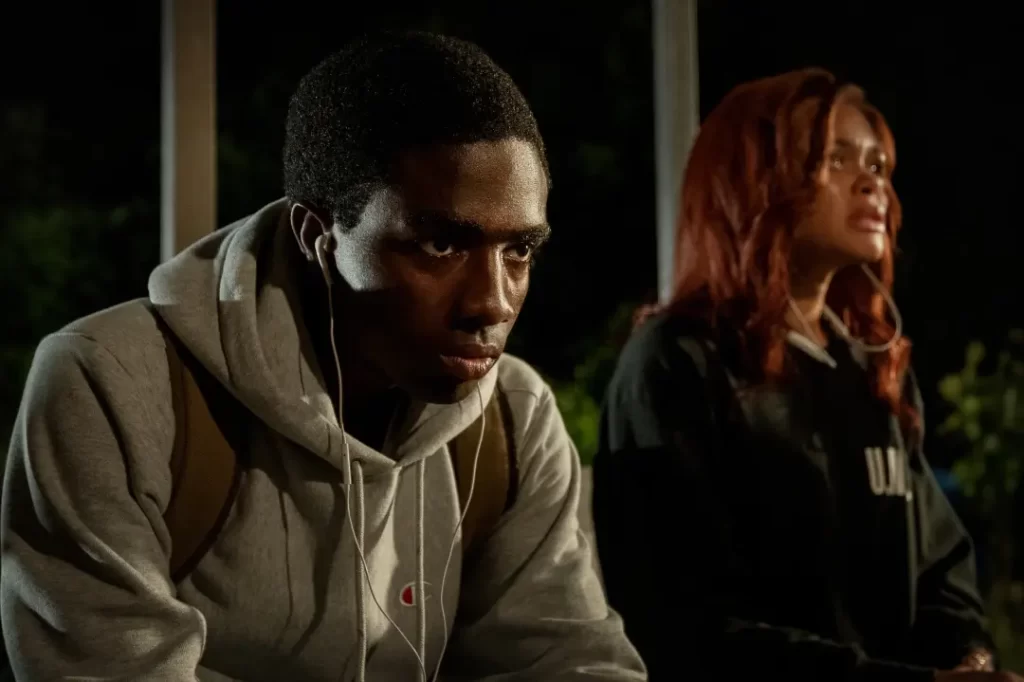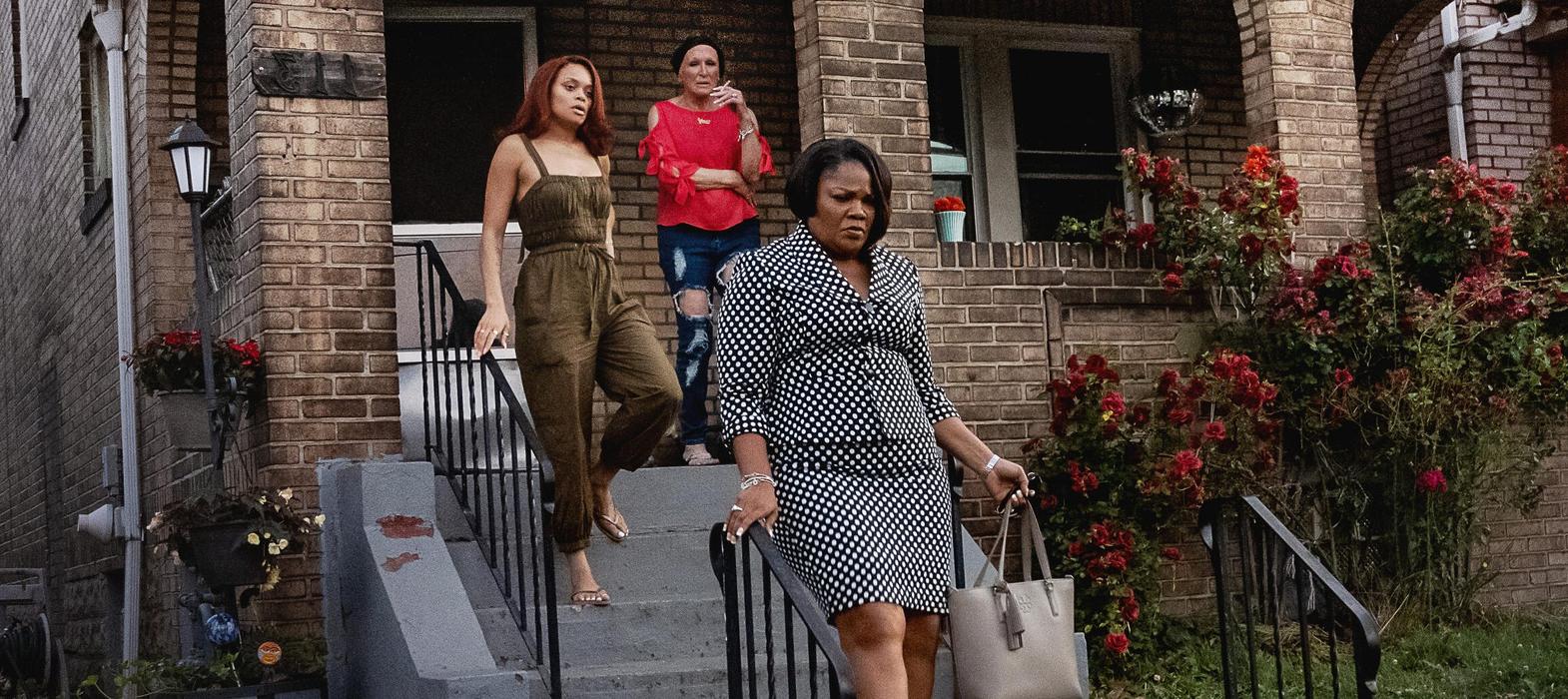Lee Daniels, a filmmaker known for pushing boundaries, brings his signature flair to The Deliverance, a film that straddles the line between a gritty domestic drama and a chaotic horror movie. With Daniels at the helm, the actors are given the freedom to dive deep into their roles, resulting in performances that are as memorable as they are intense. Andra Day, in particular, shines as Ebony, a single mother battling addiction, poverty, and a violent temper, while also confronting a supernatural force threatening her family. Day’s portrayal is electric, making her transformation into a scream queen both compelling and unnerving.
The film’s premise is rooted in the real-life story of Latoya Ammons, whose 2011 claims of demonic possession in Gary, Indiana, captured national attention. In The Deliverance, this story is reimagined with Ebony and her three children at the center, struggling not only with their dire circumstances but also with the malevolent presence in their home. Daniels uses this setup to explore deeper themes of belief, skepticism, and the intersection of personal demons with literal ones. As Ebony’s life spirals out of control, her struggle to make others believe her becomes a powerful narrative thread, leading to some of the film’s most gripping moments.
However, The Deliverance falters when it attempts to merge its grounded drama with the more outlandish elements of horror. While the movie initially hooks viewers with its raw portrayal of a family in crisis, it loses momentum once the supernatural elements take center stage. The horror sequences, filled with the usual tropes like eerie movements, unnatural body contortions, and creepy sounds, feel overly familiar and fail to deliver the fresh scares the story promises. What starts as a compelling character study gradually morphs into a standard genre flick, diminishing the impact of the real-world issues that initially drive the plot.

Glenn Close delivers a standout performance as Alberta, Ebony’s flamboyant mother, who moves in with her daughter while recovering from cancer. Alberta’s scenes, particularly those where she flirts with her nurse and drops shocking one-liners, provide some of the film’s most entertaining moments. Yet, despite Close’s dynamic presence, the film’s tonal inconsistencies become more pronounced as it progresses. The blend of Daniels’ signature melodrama with traditional horror elements doesn’t always gel, leading to a disjointed viewing experience.
The script, penned by David Coggeshall and Elijah Bynum, draws inspiration from the Ammons case but takes creative liberties that sometimes work against the film’s cohesion. The story’s transition from a harrowing domestic tale to a full-blown horror spectacle feels abrupt and detracts from the emotional weight of Ebony’s personal struggles. By the time the film reaches its climax, the once-immersive drama has been overshadowed by predictable horror clichés, leaving the audience with a conclusion that feels rushed and unsatisfying.
The Deliverance could have been a powerful exploration of real-world challenges if it had focused solely on the domestic drama at its core. Daniels is no stranger to difficult subjects, as evidenced by his previous work on films like Precious. However, in attempting to blend two distinct genres, the film ultimately dilutes the potency of both. Despite its shortcomings, The Deliverance offers enough intriguing moments and strong performances to make it worth a watch, particularly for those interested in a unique take on a real-life haunting.
Now available on Netflix, The Deliverance is a bold, if uneven, film that succeeds in parts but falls short of its full potential.

